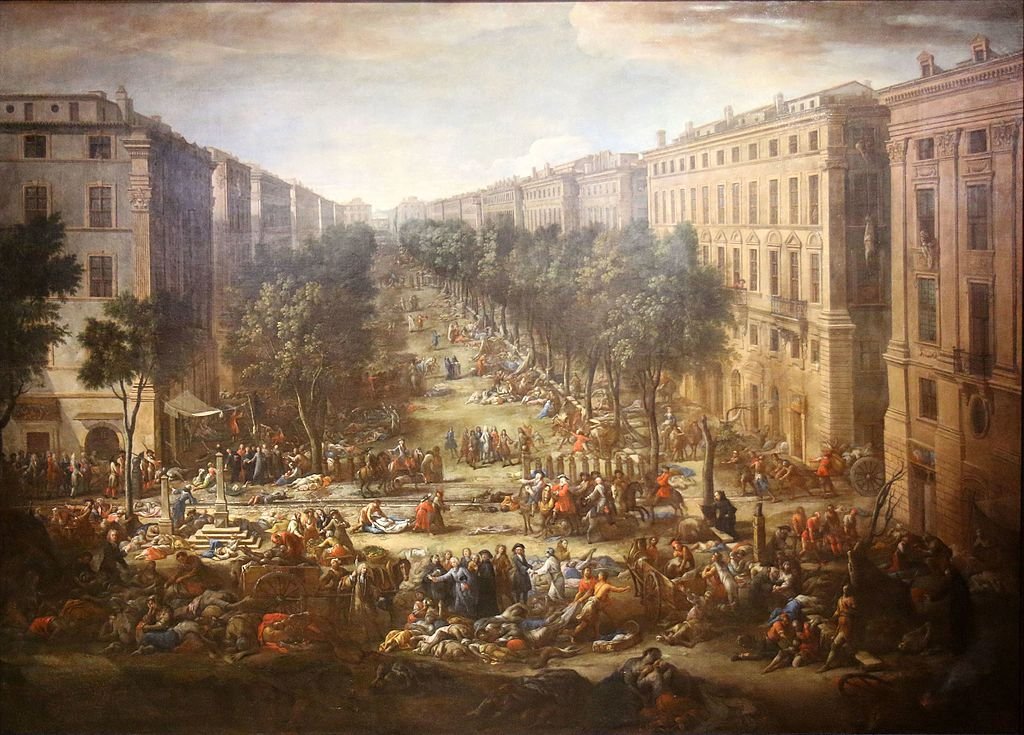The plague has tormented mankind like a shadow for millennia, wiping off whole populations in waves of destruction. Up to half of the population in Europe in the 14th century, the Black Death alone claimed an estimated 25 million lives. Still, the bacterium causing the epidemic, Yersinia pestis, never really disappeared despite its terrible toll. Rather, it lingered in the background, smoldering, then flared once more centuries later. Now, researchers have found a terrifying genetic adaptation, a single gene learned to play the long game that might help to explain how this ancient pathogen extended its rule of terror.
The Gene That Shaped History
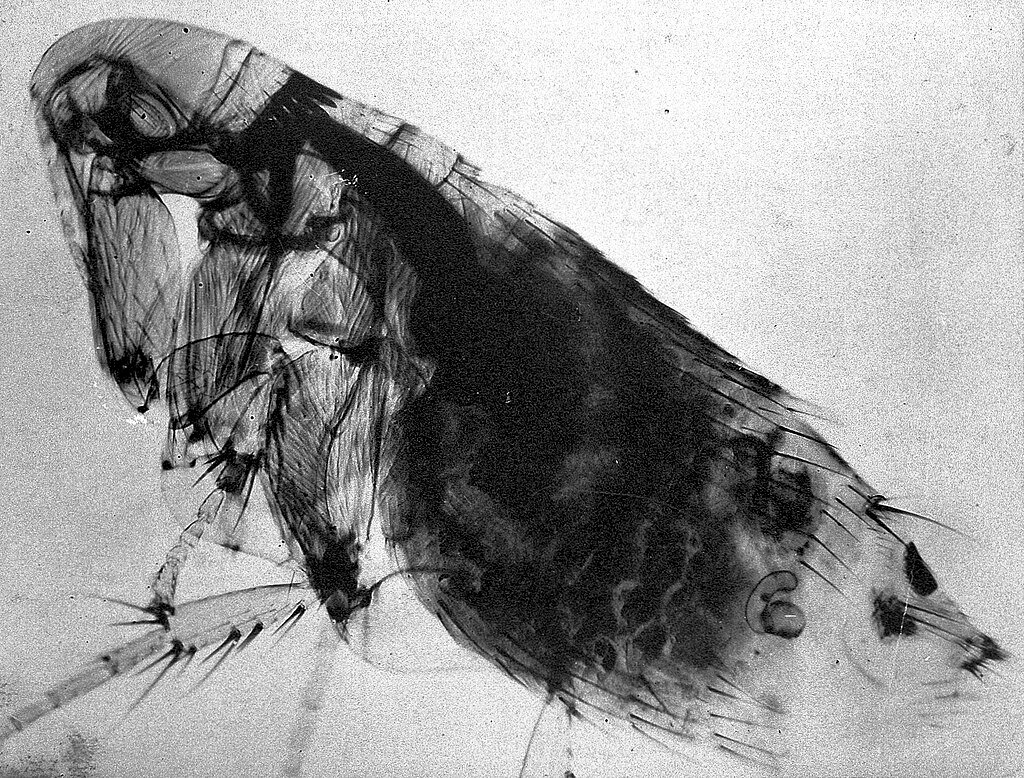
The pla gene, a genetic switch regulating the ability of Y. pestis to evade the immune system and spread among its victims, is at the core of this revelation. Strains with several copies of pla killed quickly, causing fast septicemia and death according to researchers. Later phases of pandemics, however, saw the bacterium lose copies of pla, so lowering death rates and extending the length of infection. This minute genetic change let the plague linger in hosts longer, ensuring its survival even as rat numbers and main carriers fell.
Why does this matter?
- Longer infections correspond to more transmission. A slower kill rate meant infected rats (and humans) could disseminate the disease farther before dying.
- Trade-off on evolution: Reduced lethality preserves pandemics while high virulence burns through hosts too rapidly.
The Three Pandemics: A Genetic Time Capsule

The plague’s persistence isn’t just a fluke, it’s a pattern. Scientists analyzed ancient DNA from victims of the Justinian Plague (541–750 AD) and the Black Death (1347–1352), alongside modern strains. Strikingly, both historic pandemics showed the same pla depletion trend suggesting Y. pestis repeatedly “learned” to temper its deadliness to survive.
- Justinian Plague (541–750 AD): Strains vanished after 300 years, but only after pla depletion weakened their lethality.
- Black Death (14th century): One lineage went extinct after 500 years of recurring waves, while the other with fewer pla copies gave rise to all modern strains.
- Third Pandemic (1855–1960s): Three modern Vietnamese strains show the same pla reduction, hinting at an ongoing evolutionary shift.
Rats, Fleas, and a Pathogen’s Cunning Strategy
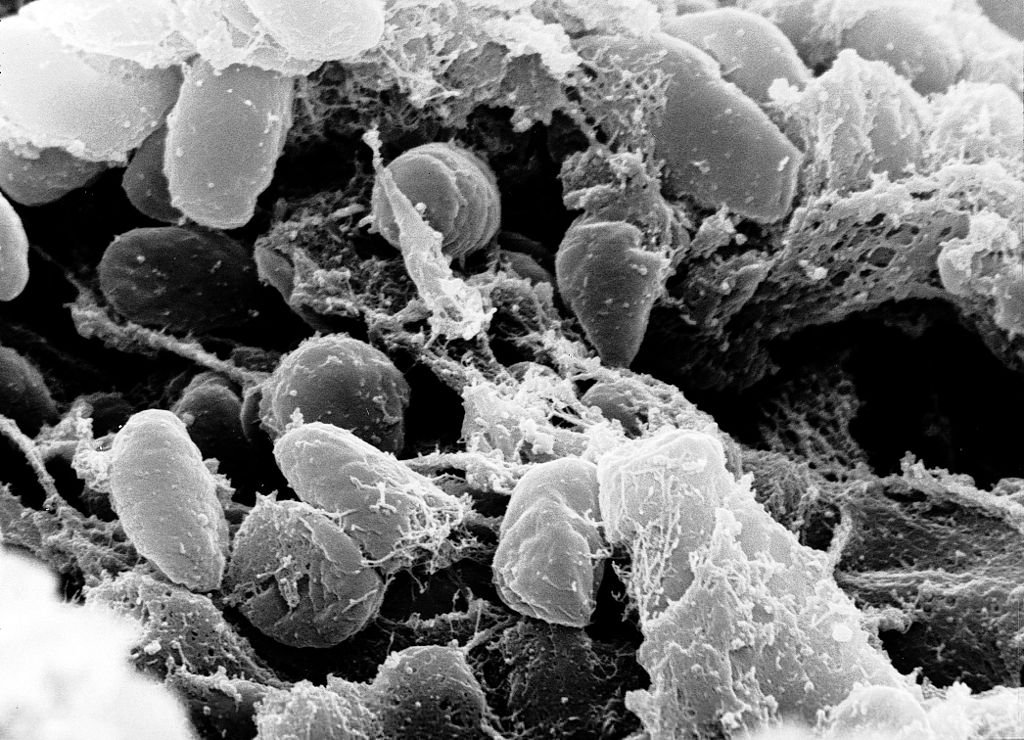
The plague isn’t just a human tragedy, it’s a rodent-driven phenomenon. When rat populations thrived, Y. pestis could afford to be deadly. But as outbreaks decimated its hosts, the bacterium faced a dilemma: kill too fast, and you run out of carriers.
The Flea Factor
- Fleas regurgitate infected blood when biting, injecting Y. pestis into new hosts.
- Pla helps the bacteria spread undetected, but too much of it accelerates death, cutting transmission short.
“Humans were accidental victims,” says Hendrik Poinar, a geneticist at McMaster University. “The plague was always a rat epidemic first.”
Antibiotic Resistance: The Plague’s Modern Threat
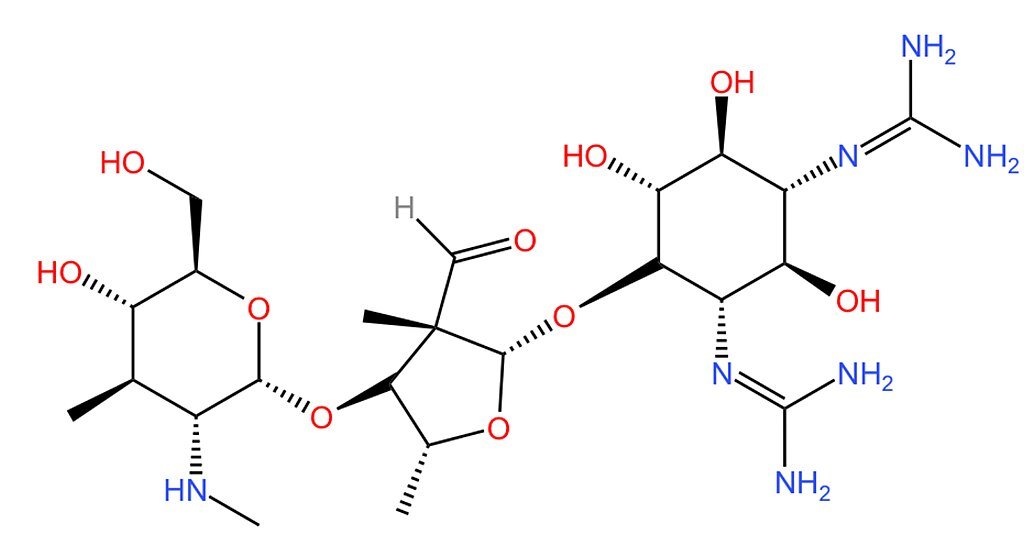
Although modern plague can be treated with antibiotics such as streptomycin, concerning resistance has surfaced:
- 1995 Madagascar outbreak: A strain resisted all advised drugs, including tetracycline and streptomycin.
- Vietnam and Peru: Some strains show lower sensitivity to front-line treatments.
Could history come back to pass? Should Y. pestis develop broad resistance, its genetic flexibility already shown over millennia could make it a fresh worldwide threat.
The Future: Vaccines and Vigilance
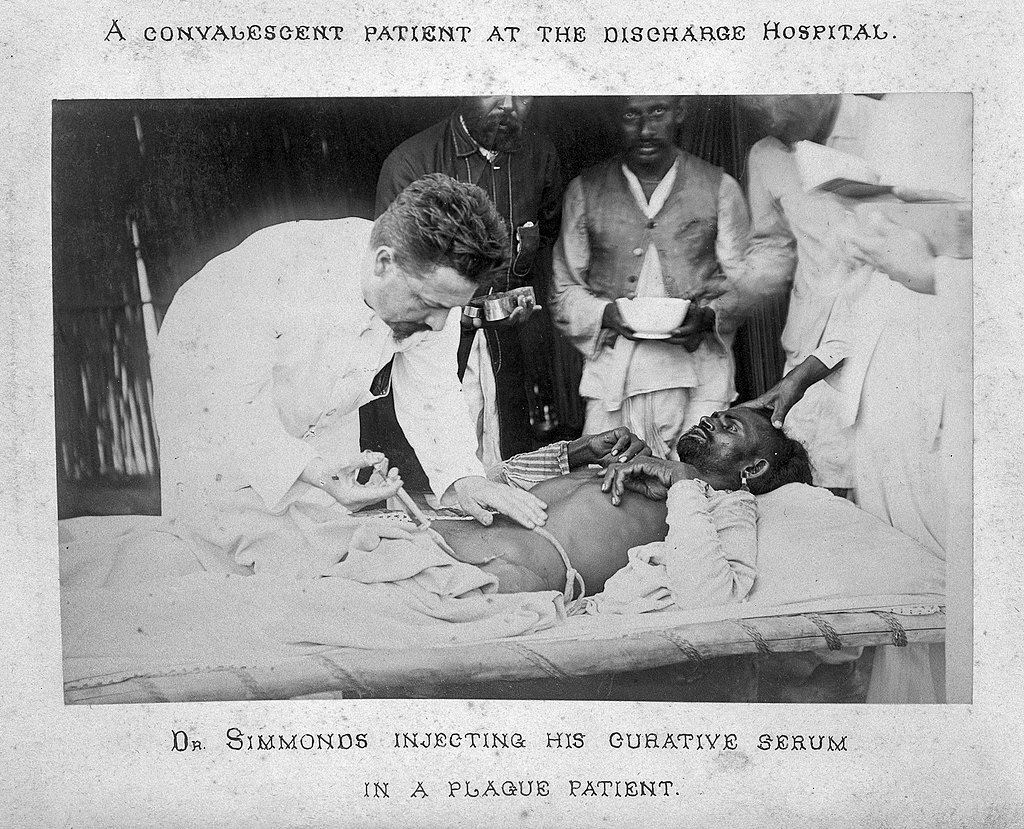
Scientists aren’t taking chances. A bubonic plague vaccine is in development, targeting the F1 capsular antigen and other virulence factors. Meanwhile, genomic surveillance tracks pla mutations in modern strains, offering early warnings of new adaptations.
Final Thought
The plague’s survival strategy modulating its own deadliness reveals a brutal truth: the most successful pathogens aren’t always the deadliest. Sometimes, they’re the ones that learn to wait.
Sources:

Suhail Ahmed is a passionate digital professional and nature enthusiast with over 8 years of experience in content strategy, SEO, web development, and digital operations. Alongside his freelance journey, Suhail actively contributes to nature and wildlife platforms like Discover Wildlife, where he channels his curiosity for the planet into engaging, educational storytelling.
With a strong background in managing digital ecosystems — from ecommerce stores and WordPress websites to social media and automation — Suhail merges technical precision with creative insight. His content reflects a rare balance: SEO-friendly yet deeply human, data-informed yet emotionally resonant.
Driven by a love for discovery and storytelling, Suhail believes in using digital platforms to amplify causes that matter — especially those protecting Earth’s biodiversity and inspiring sustainable living. Whether he’s managing online projects or crafting wildlife content, his goal remains the same: to inform, inspire, and leave a positive digital footprint.

